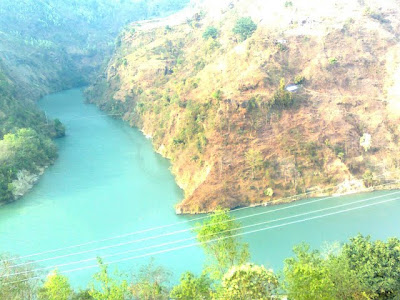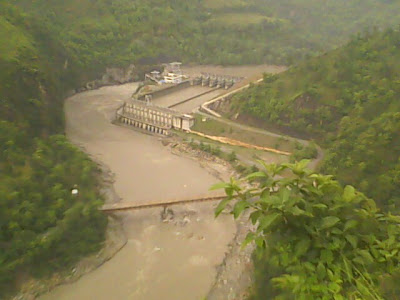A very warm welcome to the syangja mirmee: we are trying to find out on the web this images respectively....
1.syangja Bhagawati Higher Secondary School mirmee syangja celebreating 58th annual program.
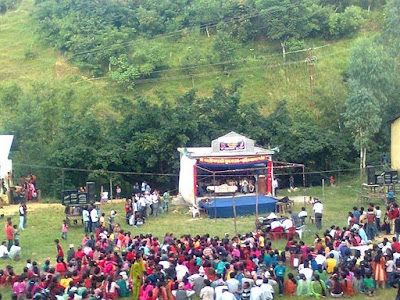
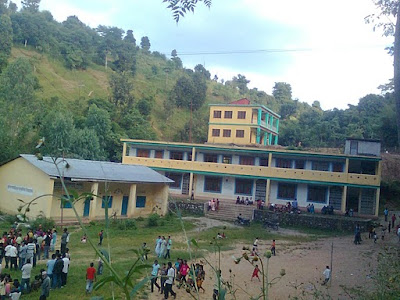
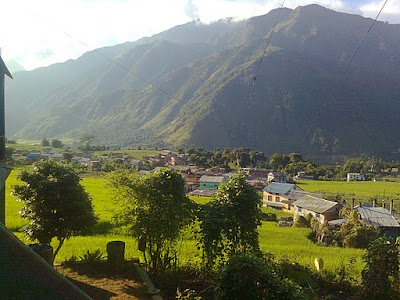
2.You are in The way of "BIRGHA"
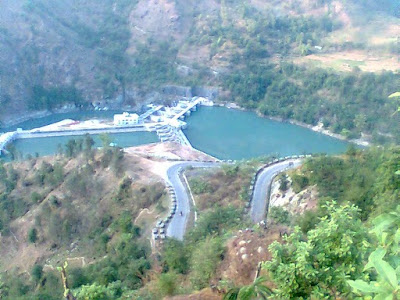 and harmicharu But you are looking Gulmi harmicharu named "Thulo lumpak " or Deurali from syangja mirmee.
and harmicharu But you are looking Gulmi harmicharu named "Thulo lumpak " or Deurali from syangja mirmee.3. Snake-Way to Damside the latest and the biggest hydro project of nepal till 2010. You can swim free where you thik.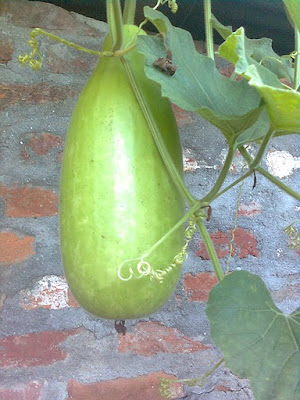

4.Most biggest frut and you know this can avoid cancer....syangja was popular in 2056 bc by this fruit .
We caindly req to present .. our meating from
We caindly req to present .. our meating from
We look forward to meeting you at BTH in Mirmi, Syangja on Friday, March 21 10:15-12:00 in room 5320 for your introduction meeting to the LCDM Program. At this time you will meet your teachers and learn more about our program. If you are unable to attend the introduction, please use the contact information below to alert me of your absence.
Please note: Students who arrive after Sept 18th will not be allowed to join the program, so it is very important that you keep that in mind as you plan your travel and arrival in mirmi and alert me if are not able to attend the introduction.
Before we meet, I have prepared important information to help prepare you for this program. Please review this information carefully.
Faculty
During your first term in the LCDM Program you will have the following teachers and workshop leaders:
Madan bhattarai-Attaway
yugachandra bhattarai
Suvechha chand
salina chand
subas pandey
arunima bhandari Bäcke
Additional guest lecturers may be included in your courses.
Schedule/Classes
Generally, your lectures and seminars will take place between Monday and Friday mornings. Some group work may be assigned outside of class, and you may be required to meet your classmates outside of class to complete collaborative work. Additionally, film screenings and other activities may take place on Friday afternoons. Courses are held on campus, and we have strict attendance policies. You must be present on campus in your classes to receive full credit for courses, and excessive absenteeism will impact your grade and ability to receive credit for courses.
The first two LCDM courses you will take are:
1) Language and Communication 1, an introduction to grammar, writing, and oral communication in English. This course begins on Sept. 7th 2009 and will run until mid-January 2010.
2) Media Form and Design, a course introducing you to principles of effective graphical design and media technologies. This course begins on Sept. 8th 2009 and runs until the last week in October, 2009.
You must purchase the following texts before arriving to campus for the Language and Communication 1 Course:
Good Reasons: Researching and Writing Effective Arguments (4th Edition, Paperback) by Lester Faigley and Jack Seltzer
Making Sense of Grammar by David Crystal.
Design Basics for Creative Results by Bryan L. Peterson
Starting Dates For Courses:
Language and Communication 1 will begin on Monday, September 7th at 10.15 in Room 5320 and Media Form and Design will begin on Tuesday, September 8th at 10.15 in Room 5320. You will receive a detailed schedule at our introductory meeting outlining the specific readings and assignments for your courses.
Examinations
Students will complete oral, written and digital work as part of their course examinations. All instruction and examination work is in English.
Computers and Technical NeedsStudents are recommended to bring their own computer laptops with wireless network capabilities and internet software to complete work in class and other assignments. Ideally, students should have the following applications installed on their laptops: current

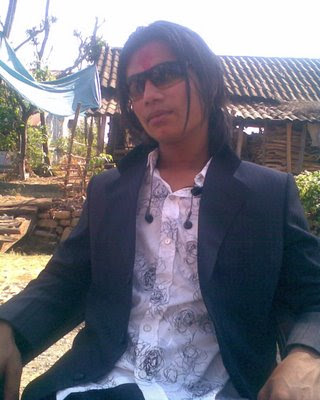
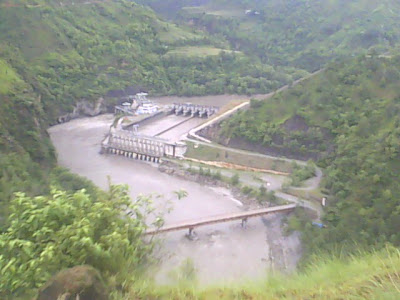
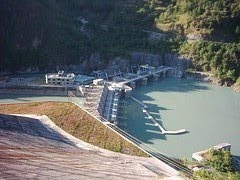
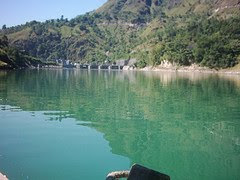 The hydroelectric industry has been termed "mature" by some who charge that the technical and operational aspects of the industry have changed little in the past 60 years. Recent research initiatives counter this label by establishing new concepts for design and operation that show promise for the industry. A multi-year research project is presently testing new turbine designs and will recommend a final turbine blade configuration that will allow safe passage of more than 98 percent of the fish that are directed through the turbine. The DOE also recently identified more than 30 million kilowatts of untapped hydroelectric capacity that could be constructed with minimal environmental effects at existing dams that presently have no hydroelectric generating facilities, at existing hydroelectric projects with unused potential, and even at a number of sites without dams. Follow-up studies will assess the economic issues associated with this untapped hydroelectric resource. In addition, studies to estimate the hydroelectric potential of undeveloped, small capacity, dispersed sites that could supply electricity to adjacent areas without connecting to a regional electric transmission distribution system are proceeding. Preliminary results from these efforts have improved the visibility of hydroelectric power and provide indications that the hydroelectric power industry will be vibrant and important to the country throughout the next century.
The hydroelectric industry has been termed "mature" by some who charge that the technical and operational aspects of the industry have changed little in the past 60 years. Recent research initiatives counter this label by establishing new concepts for design and operation that show promise for the industry. A multi-year research project is presently testing new turbine designs and will recommend a final turbine blade configuration that will allow safe passage of more than 98 percent of the fish that are directed through the turbine. The DOE also recently identified more than 30 million kilowatts of untapped hydroelectric capacity that could be constructed with minimal environmental effects at existing dams that presently have no hydroelectric generating facilities, at existing hydroelectric projects with unused potential, and even at a number of sites without dams. Follow-up studies will assess the economic issues associated with this untapped hydroelectric resource. In addition, studies to estimate the hydroelectric potential of undeveloped, small capacity, dispersed sites that could supply electricity to adjacent areas without connecting to a regional electric transmission distribution system are proceeding. Preliminary results from these efforts have improved the visibility of hydroelectric power and provide indications that the hydroelectric power industry will be vibrant and important to the country throughout the next century.